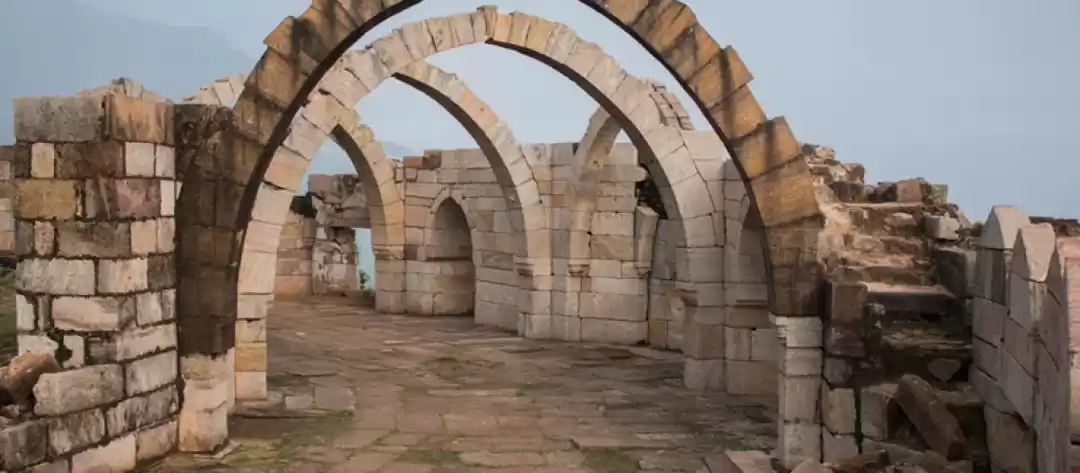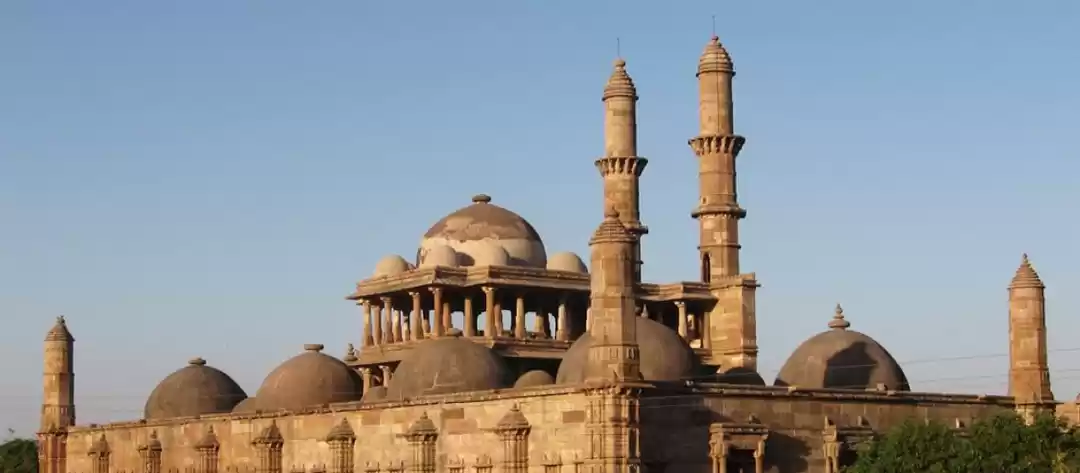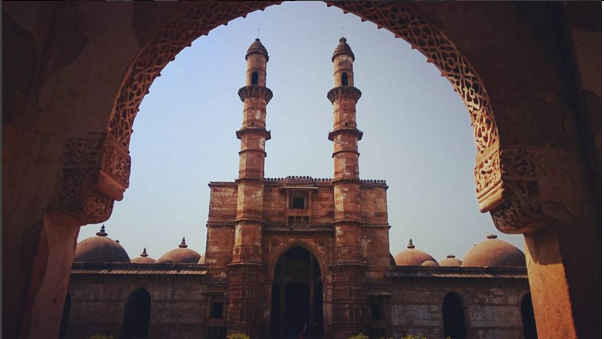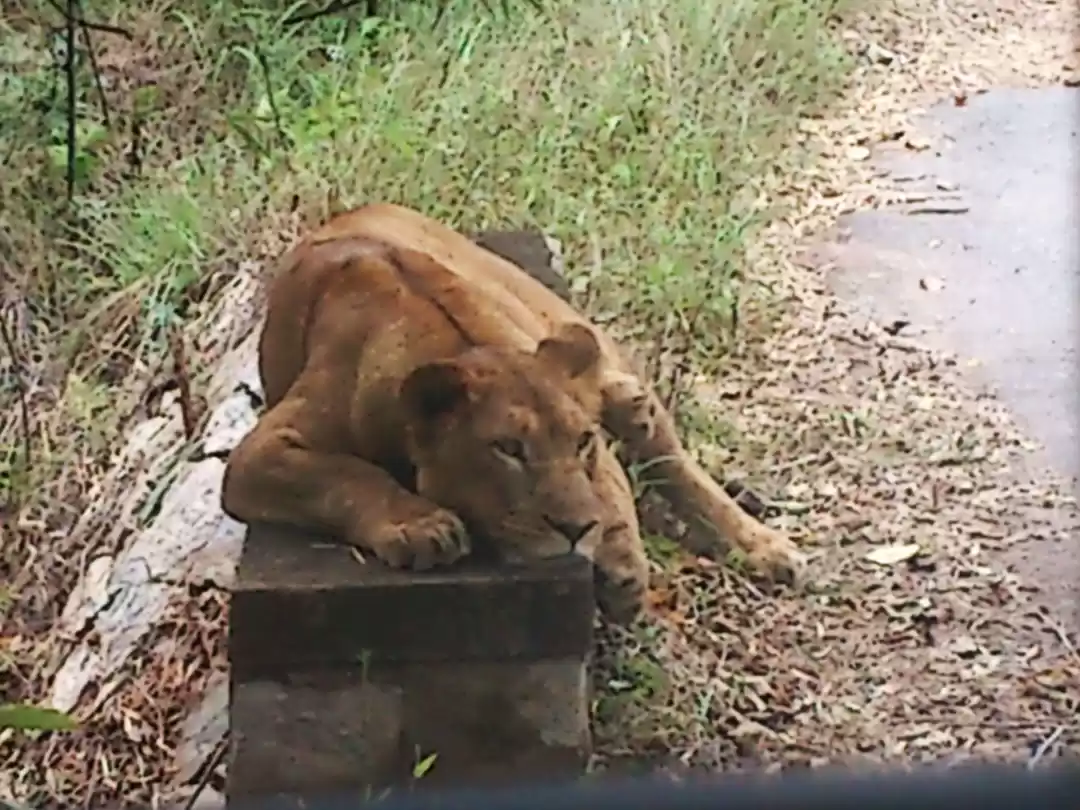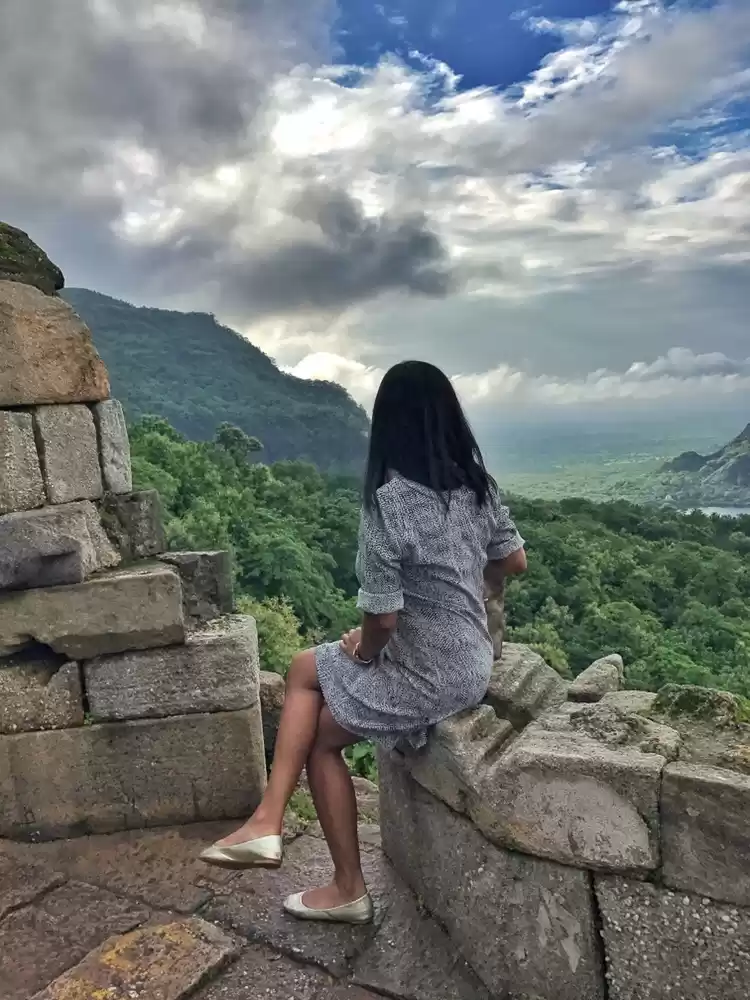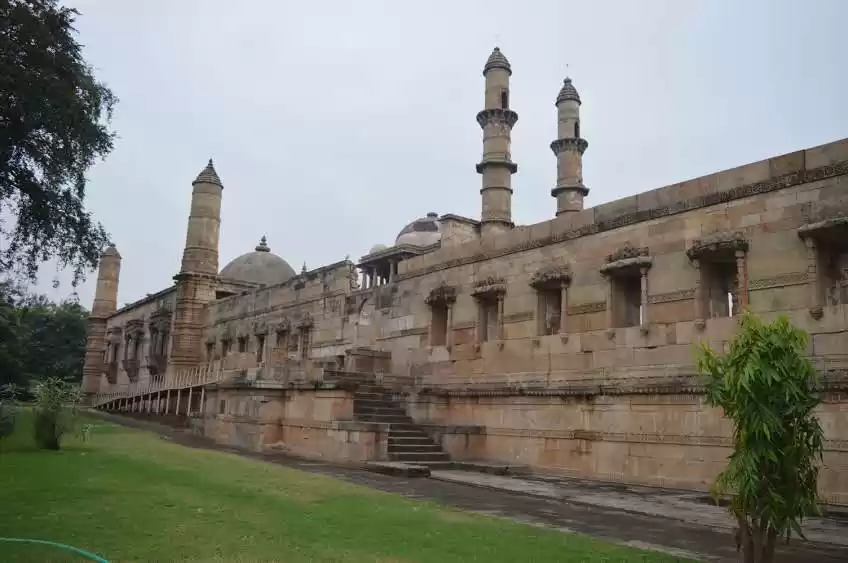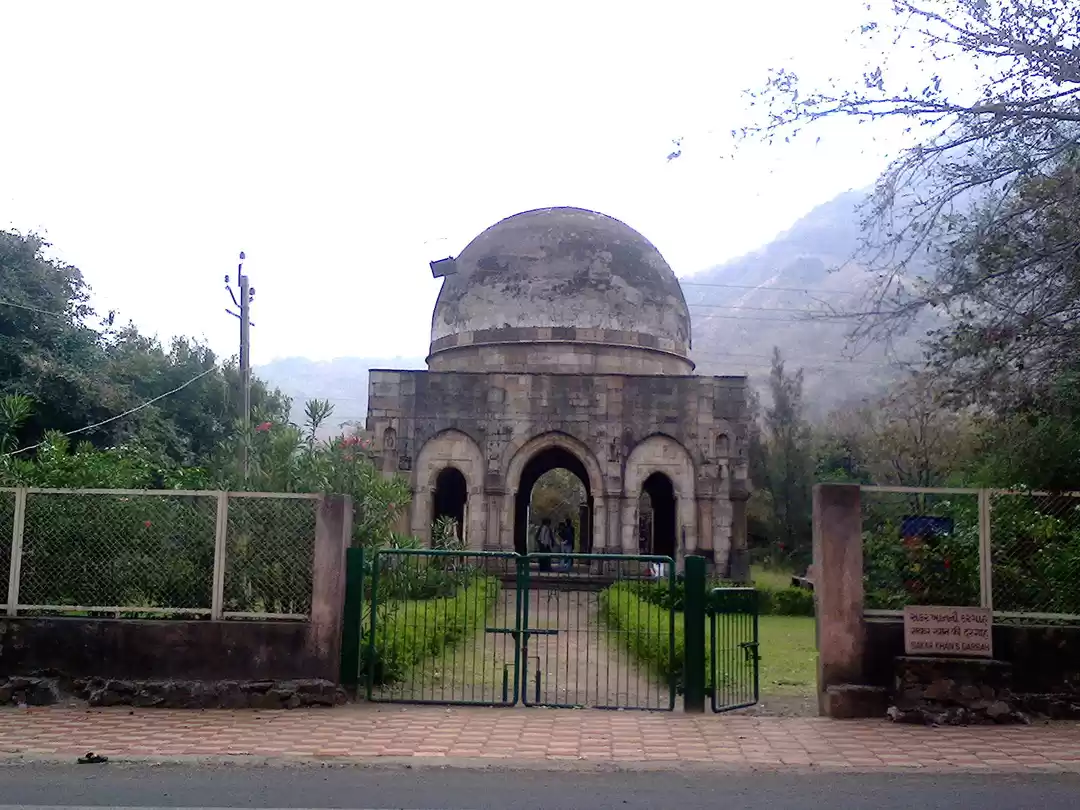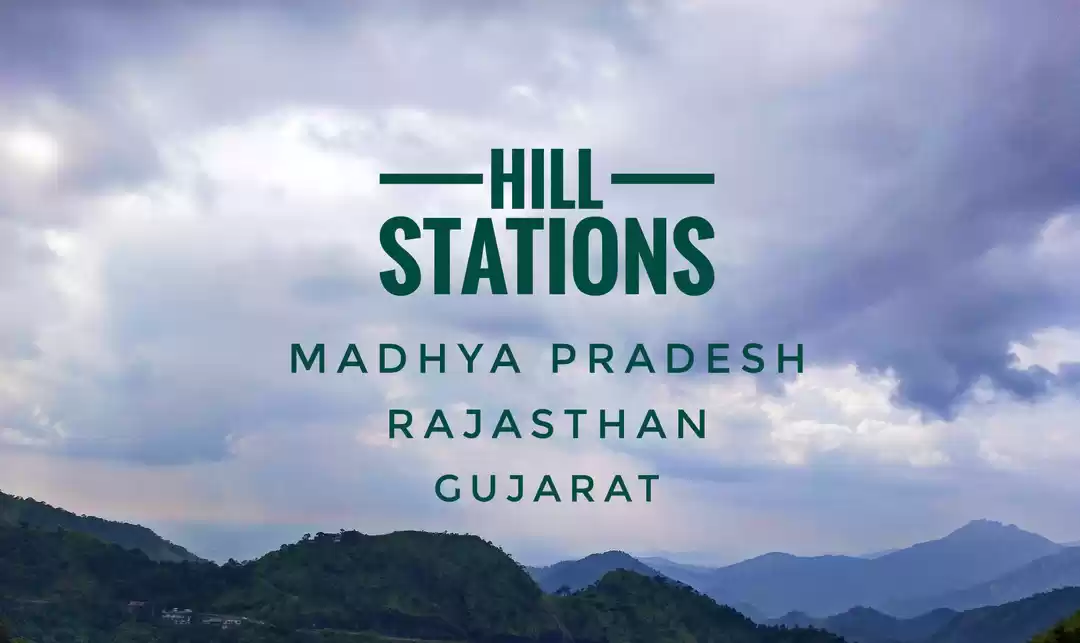The Champaner and Pavagadh Archaeological Park region is located in the Panchmahal district of Gujarat, India.

Apart from having relics that date back to prehistoric ages, Champaner which is situated at the foot of the Pavagadh hills, was also a flourishing region during the 8th century under the Chavda dynasty. Its claim to fame also stems from the fact that it was the capital of the Gujarat Sultanate under Mahmud Begada in the 15th century and lost its glory a century later after being ravaged by the Mughal Emperor Humayun.
Today, this 3000 acre site contains vestiges of its history and heritage in the form of several monuments and has been the first location in Gujarat to receive the UNESCO World Heritage tag in 2004.

This is a popular tourist site as well as a pilgrimage destination where thousands of people throng all year round.

Points of interest in Champaner and Pavagadh include several monuments, forts, palaces, gates, arches, granaries, tombs, mosques, temples, water bodies, step wells etc … a tapestry of heritage and culture that has been woven together by its long and diverse history.
One can spend from a few hours to a couple of days, depending on the level of detail that one wants to explore the place.
I had only half a day at my disposal and hence I focused only on some of the prominent locations.
Pavagadh –
The Pavagadh hill is a part of the UNESCO site and rises to a height of 800 meters above the plains. The route uphill is studded with remains of old fortresses, granaries, gates, water bodies and Jain temples and at the summit lies the famous Kalikamata/Maha Kali temple. This temple is considered as one of the Shakthi Peetas where the toe of goddess had fallen.
A well laid out 4 lane road leads uphill to a plateau called Machi. The 5 km distance takes around 15 min due to the gradient.
En route, one can stop at the Saath Kaman, which were the 7 arches of the old fort on the hill. Currently only 5 arches remain.

From Machi one can avail of the 6 minute cable car ride across the ravine. After alighting from the cable car, there is another climb to the Mahakali temple whose deity is said to be very powerful and hence attracts thousands of pilgrims everyday. While there is a year round crowd, the peak season is during Navaratri (the pre Dusshera days) when the crowds throng in lakhs.

Many pilgrims choose to climb all the way by foot from the bottom of the hill or even from Machi and one can see the trail from the cable car as it zooms above.

Share cabs/jeeps are also available to the public and they are found parked at various locations.

Donkeys are used to carry the loads of pooja supplies like coconuts, flowers and other such items.

The cable car ride is well organised with railings to ensure queues. A ticket has to be purchased, after which there is an orderly queue system to the cars.

On the other side of the hill there is a lake, a Jain derasar (temple) and rows of shops that flank the path that eventually leads to the Maha Kali temple. The only way to get there is by foot. The shops sell food, water and pooja items.


Champaner -
Lying on the plains at the base of Pavagadh hill, is the ancient town of Champaner. There are several locations and monuments of interest here, the most prominent and intact one being the Jami Masjid which was built in 1513 by Sultan Mahmud Begada.
The Jami masjid is a gorgeous monument and there are usually guides who hang around and offer their services. It is a good idea to to go with them because they also know the best locations for photography and are generally quite friendly and helpful.
The masjid architecture is a blend of hindu and muslim styles with jharokas, lattices, domes, minarets and pillars.
There are 11 domes, around 170 pillars, 2 minarets.




The entrance fee to the masjid is Rs 10/ and camera is not charged.
The guide book on Champaner-Pavagadh, published by the Archaeological Survey of India is available at the entrance for Rs 100/- and is quite informative.
The Nagina Masjid, Kevada Masjid, Shahar ki Masjid and Lila Gumbaz ki Masjid are the other mosques that have survived but I did not have the time to visit them.

Best time to visit –
Winters are obviously the best time in Gujarat and late October to early March has good weather. The rest of the year is hot/humid. However, pilgrims who visit for religious purposes arrive all year through and it is amazing to note that many of them are undeterred by the harsh temperatures and even climb up the hill in peak summer.
If one has a choice, then winters would be the most comfortable.
Where to stay –
There are not many options in the vicinity of Champaner apart from small hotels and Jain dharmashalas. The Jambughoda Palace Heritage stay 25 km away, is the nearest most comfortable place to stay. The advantage is that the hosts curate tours to Champaner-Pavagadh and also to several other surrounding places of interest.

Getting there –
Champaner lies in the district of Panchmahal which adjoins the district of Vadodara. The nearest major city is Vadodara city 45 which is well connected by all modes of transport.
This post was originally published on Currylines
I hope this post was interesting enough for you. I would love to hear your thoughts in the comments. Find more of my stories on my Instagram @currylines and my Facebook Page @currylines
Frequent Searches Leading To This Page:-
Gujarat Tour Package for Couple from Delhi, Things to do in Gujarat, Places to Visit in Gujarat other than Beaches, Gujarat Holiday Tour Packages, Top Gujarat Packages for Family


